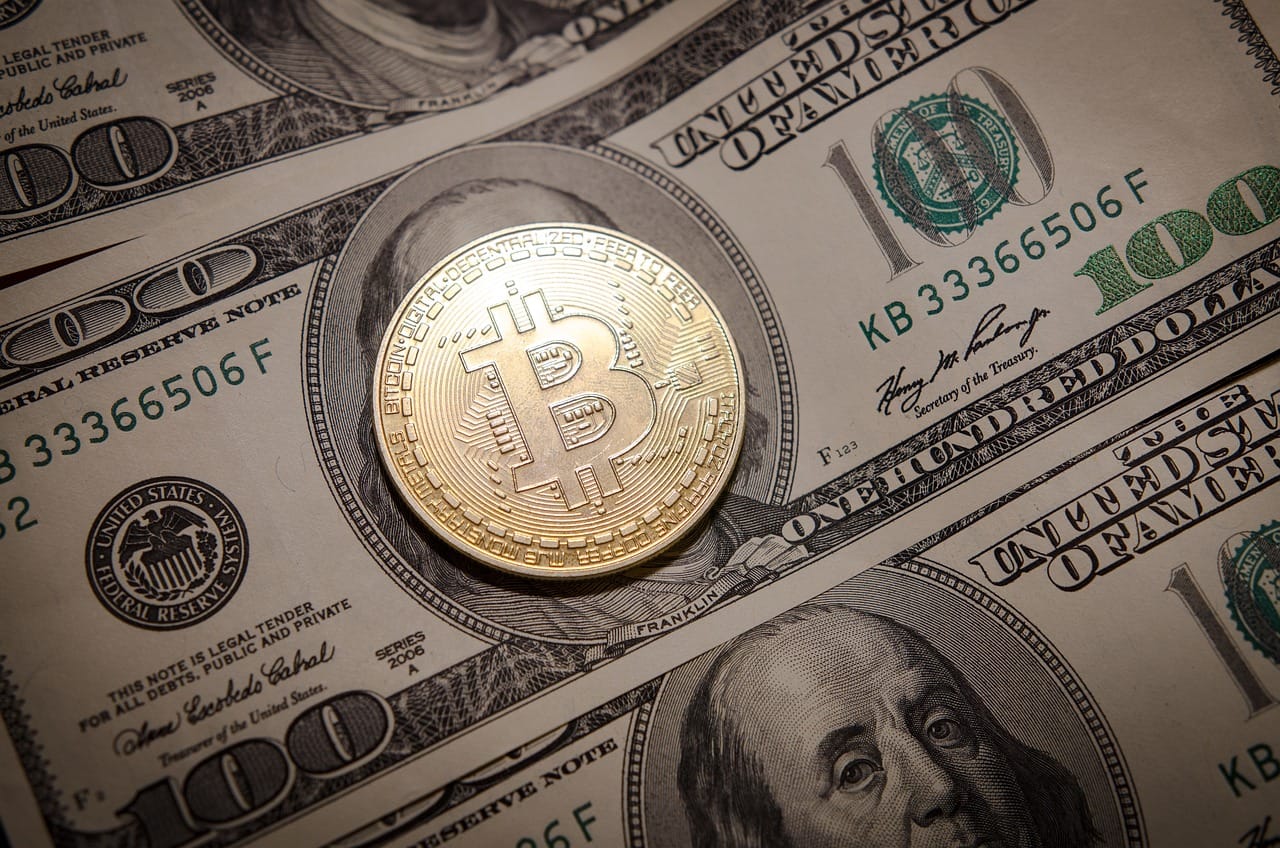Key facts:
Global central bank liquidity has fallen to its lowest level since 2020.
As liquidity dries up, traditional financial markets face more challenges.
Over the past two years, the balance sheets of the world’s major banks have seen an estimated 25% decline.
This is one of the lowest levels of bank reserves since 2020 and, according to analyses by The Kobeissi Letter, is one of the main indicators which point to a decline in global liquidity.
Global liquidity is a term used to determine how much money is available in the global economy. It refers to the volume of money supply (M2), a measure of the total amount of money in the economy. It includes cash, current deposits, savings deposits, money market accounts, retail mutual funds and time deposits of less than $100,000.
In this way, as the major central banks make more or less of these types of money available to the global financial system, The global money supply goes up or down.

As The Kobeissi Letter analysis points out, current metrics related to the money supply indicate that Liquidity has not only been falling on a large scalebut will continue to decline as The world’s central banks reduce their asset holdings by an additional $1 trillion over the next year.
In 2022, major central banks’ balance sheets reached a record $25 trillion, or 25% of global GDP, in response to the pandemic. Since then, the aggregate central bank balance sheet has shrunk to about $20 trillion, the lowest level since 2020.
The Kobeissi Letter.
It is generally understood that the more money there is in the global market, A higher level of spending on “risk assets” such as bitcoin (BTC) is encouraged.
In fact, digital currency bull markets have historically coincided with rapid expansions in global liquidity. This was highlighted by Jeff Ross, founder and managing director of hedge fund Vailshire Partners, who last August previous that a decline in global liquidity would decrease investment in the cryptocurrency market.
Liquidity is down, but interest in bitcoin is not falling
Given the above, it is clear that the decline in global liquidity represents strong challenges for the markets. It could explain in some way the changes in the price of BTC in recent months, characterized by lateral movements and strong occasional falls. This, after having reached a new historical maximum in March.
Fears of a recession have also played a role in this, moving many the desire to invest in gold and other assets that are considered more “safe”.
However, the constant increase in the list of investors who see BTC as an alternative to the current system run by central banks, The panorama seems to be changing.
As CriptoNoticias has reported, this fact leads a large number of people to keep their hope in market growth of cryptocurrencies already increasingly relying on bitcoin as a safe haven long term. This, despite fear and market setbacks.
Since November 2023, the value of BTC has risen from $18,000 to its current price of over $63,000. An increase of 340%which demonstrates its resilience and makes more and more people see cryptocurrency as a safe investment in uncertain economic times.
Taking this trend into account, studies show that most holders do not plan to sell their cryptocurrency holdings. It is also known that almost 70% of institutional investors plans to increase its allocations in cryptocurrencies in the immediate future and for the next two to three years.
At this rate, companies’ bitcoin holdings will grow between 204 and 519 BTC per dayuntil 2026. “Which is equivalent to a range of $12.2 million and $31.1 million per day at an average price of $60,000 per bitcoin,” according to calculations by analysts at the OKX exchange.
This is growing faith in Bitcoin’s strength, even in a scenario where central banks are withdrawing their liquidity. “All of this reflects confidence in the return potential of digital assets,” OKX added, highlighting Bitcoin’s potential to appreciate over time, Despite the losses it suffers in the short term and that generate fear among many investors.
This trust derives from knowledge of the intrinsic characteristics of the Bitcoin network, that It has a predetermined monetary calendar with a limited emission. Which marks an important difference with the fiat monetary system, based on a calendar controlled by central banks through unlimited money issues and a fluctuating flow of liquidity.






Leave a Reply